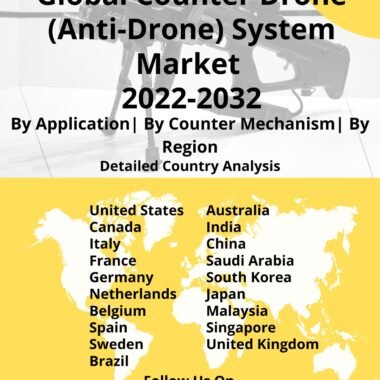Description
Trainer aircrafts are of two seating arrangement, they are with either side by side or tandem seating configurations. By engine configuration trainer aircrafts are classified as single engine, multi-engine, and by engine type as turbo prop and jet trainers.
Single engine turbo prop aircraft are the basic aircrafts that introduce candidates to flying. Single engine turbo prop aircraft such as Pilatus PC-21, Diamond DA 20, Diamond DA 40 and Grob 115 E are considered to be some of the latest trainer aircraft in the world. Next in line is the intermediate jet trainers which have a speed of 800km/hr – 900km/hr. They are followed by advanced/lead-in Jet trainers such as Boeing T-7A and BAE systems Hawk which can reach speeds in excess of 1500km/hr.
The generation fighter programs such as the British Tempest, American F/A –XX and Sixth generation fighter program, Future fighter capability project of Canada are all drivers of the advanced jet trainer market. Nations are also procuring fighter line fighters such as F-35, F-18, Mig -29, Rafale, Eurofighter and Saab Gripen. These two elements will be the driving force for the military training aircraft market. Aging aircraft are also a driving force for the market as nations are focusing on replacing old trainer aircraft with newer ones. Some fighter jet crashes in the Indian sub-continent were due to pilot error and lack of intermediate and advanced jet trainers were blamed for the lack of adequate training. All these factors will be driving the trainer aircraft market.
Some of the latest advanced jet trainers include sensors to mimic real combat scenario. Newer jet trainers are also expected to be easy to maintain i.e. ability to maintain the military training aircraft with existing 4th and 5th generation fighter aircraft maintenance infrastructure. Another important feature is side opening canopy which enables rapid ejection seat change and drop down panels and door for quicker access. Advanced jet trainers are also expected to possess near fighter level performance in terms of speed, acceleration, maneuverability, roll rate, and turn rate and agility. Highly configurable trainers are also the need of the hour.
Some nations such as India are facing shortage of basic trainer aircrafts. India placed Request For information (RFI) to global vendors in April 2021 to deal with the shortage. India’s Tejas and Turkey’s Hurjet are in contention for the Malaysian Lead-In Trainer-Light Combat Aircraft contract.
Due to the outbreak of COVID pandemic some supply chain hindrances are expected to slow down the aircraft production and some nations have decided to postpone the procurement process and diverted the capital to fight the pandemic. These are the only inhibitors that currently prevail in the aircraft trainer market.




